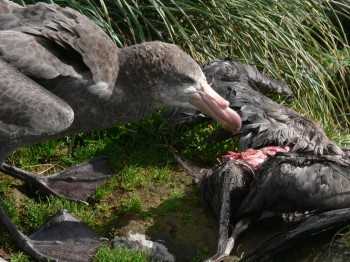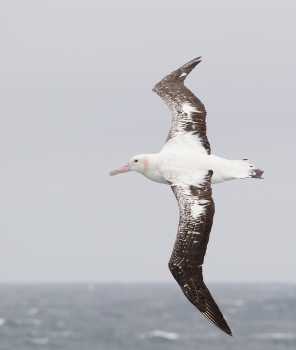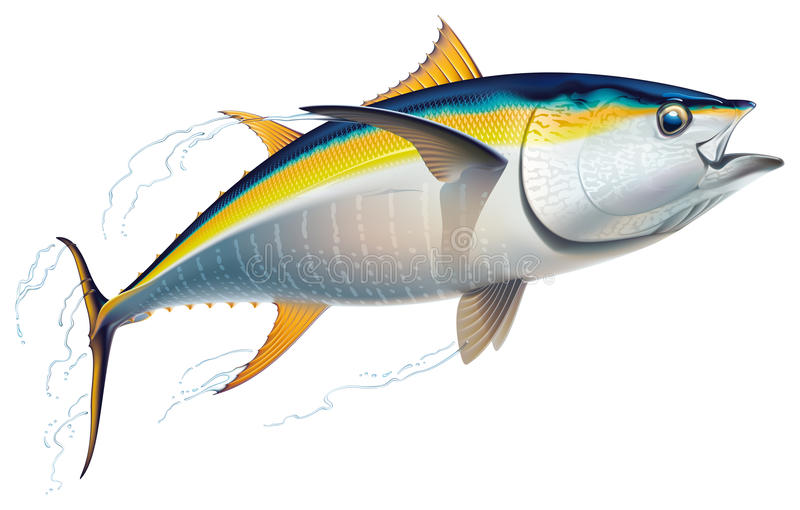Martyna Syposz (Department of Biology, Anglia Ruskin University, Cambridge, UK) and colleagues have an open-access paper accepted for the journal Ibis on light-affected groundings of Manx Shearwaters Puffinus puffinus.
The paper’s abstract follows:
“Grounding of thousands of newly fledged petrels and shearwaters (family Procellariidae) in built-up areas due to artificial light is a global problem. Due to their anatomy these grounded birds find it difficult to take off from built-up areas, and many fall victim to predation, cars, dehydration or starvation. This research investigated a combination of several factors that may influence the number of Manx Shearwater Puffinus puffinus groundings in a coastal village of Scotland located close to a nesting site for this species. A model was developed that used meteorological variables and moon cycle to predict the daily quantity of birds that were recovered on the ground. The model, explaining 46.32% of the variance of the data, revealed how new moon, and strong onshore winds influence grounding. To a lesser extent, visibility conditions can also have an effect on grounding probabilities. The analysis presented in this study can improve rescue campaigns of not only Manx Shearwaters but also other species attracted to the light pollution by predicting conditions leading to an increase in the number of groundings. It could also inform local authorities when artificial light intensity needs to be reduced.”

Manx Shearwater, photograph by Nathan Fletcher
Reference:
Syposz, M., Gonçalves, F., Carty, M., Hoppitt, W. & Manco, F. 2018. Factors influencing Manx Shearwater grounding on the west coast of Scotland. Ibis. Accepted Author Manuscript. doi:10.1111/ibi.12594.
John Cooper, ACAP Information Officer, 06 March 2018
John Cooper, ACAP Information Officer, 06 March 2018

 English
English  Français
Français  Español
Español 




